A Step-by-Step Guide to Building a Courier App for Efficient Delivery and Real-Time Tracking
In today’s world, where convenience is king, courier apps have #revolutionized the delivery landscape by offering reliable and efficient services to both businesses and consumers. These apps make it easy for #merchants to manage shipments and for customers to track their orders in real-time. By streamlining operations and enhancing user experience, a well-designed courier #app can significantly improve #workflow and efficiency. This guide outlines the essential features and steps needed to build an effective courier app.
Key Features of a Courier App
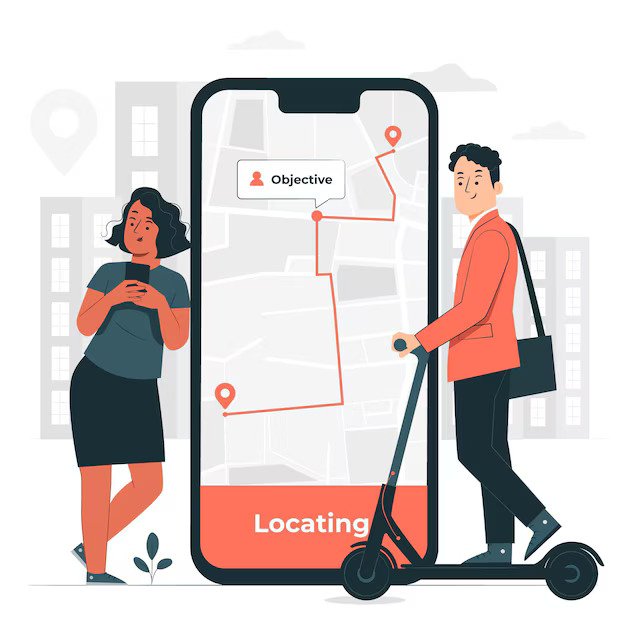
To be successful and competitive, a courier app should offer the following features:
- Real-Time Tracking: Customers should be able to monitor the location of their package and receive updates on the estimated delivery time.
- User Profiles: Storing user details like personal information and payment methods simplifies future transactions.
- Order Management: Users should have the ability to place, modify, or cancel orders with ease.
- Push Notifications: Real-time alerts to keep users informed about delivery status, delays, or confirmations.
- Payment Integration: Secure payment options, including credit cards, debit cards, and e-wallets, should be provided.
- Driver App Interface: A dedicated interface for drivers, featuring navigation, route optimization, and task updates.
- Customer Support: An in-app chat or call feature for efficient communication with support staff.
Steps to Develop a Courier App
- Market Research and Planning
Begin with an in-depth analysis of your target audience, competitors, and the latest trends in the courier industry. Understand your #unique selling points (USPs) and the expectations of your potential users. These insights will shape the features and design of your app.
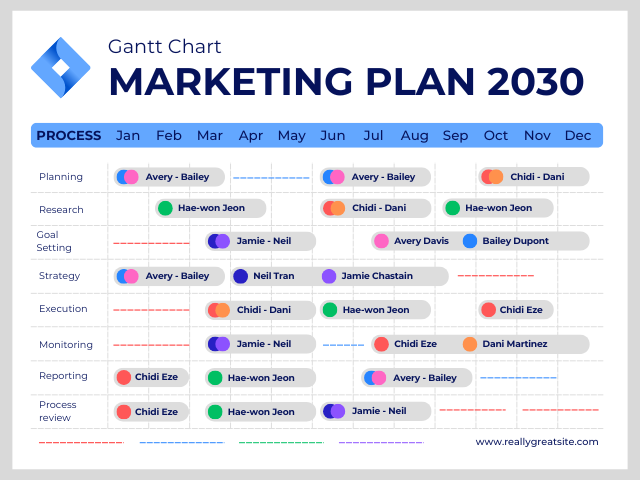
- Define the App’s Functionalities
Outline all the core and advanced features you want to include, such as tracking, notifications, and payment options. Consider adding elements like #real-time analytics, AI-based route optimization, and integration with popular messaging platforms for added value.
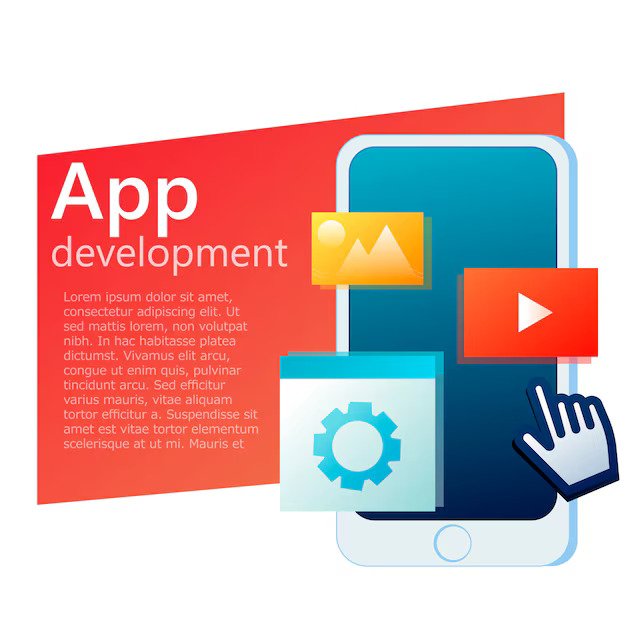
- Design the User Interface (UI) and User Experience (UX)
The design should be user-friendly and intuitive, catering to users who may not be tech-savvy. Use clear icons, large fonts, and a simple layout to ensure easy navigation and a seamless experience.
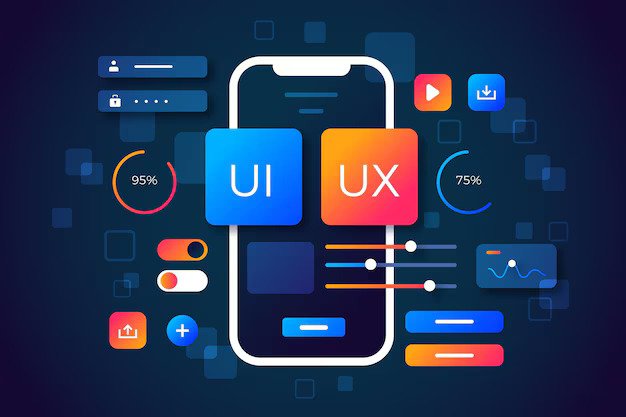
- Choose the Right Technology Stack
Select technologies that align with your app’s requirements:- Frontend: Use frameworks like Flutter or React Native for a consistent #experience across platforms.
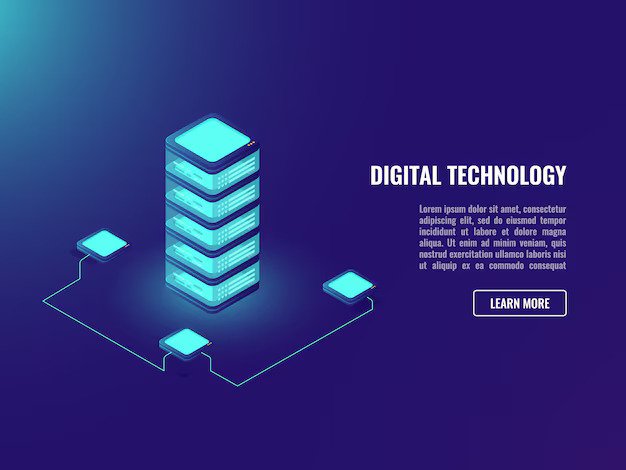
- Backend: Consider #Node.js, Python (Django), or Ruby on Rails for efficient server-side operations.
- Database: Choose #MySQL, PostgreSQL, or MongoDB for managing data effectively.
- Real-Time Tracking: Implement Google Maps API or Mapbox for precise tracking and optimized routing.
Develop Core Components
- Customer Interface: For booking, tracking, and managing deliveries.
- Driver Interface: To manage #delivery tasks, get route guidance, and update the status of deliveries.
- Admin Panel: A control dashboard to monitor orders, oversee deliveries, and manage drivers.
Testing and Quality Assurance
Conduct comprehensive testing to catch and fix any issues. Usability testing is crucial to ensure the app is user-friendly and meets all functional requirements.Launch and Market the App
Once the app is tested and ready, #launch it on platforms like the App Store and Google Play. Promote your app using social media, email marketing, and #partnerships with local businesses to boost visibility and user adoption.
Final Thoughts >>>>>>>>>>

Creating a successful courier app involves strategic planning, the right set of features, and a suitable technology stack. By following these steps, you can #develop an app that meets the modern demand for efficient and reliable delivery services, enhancing both customer satisfaction and #operational efficiency. Deorwine Infotech specializes in mobile app development and can deliver high-quality, effective applications worldwide.